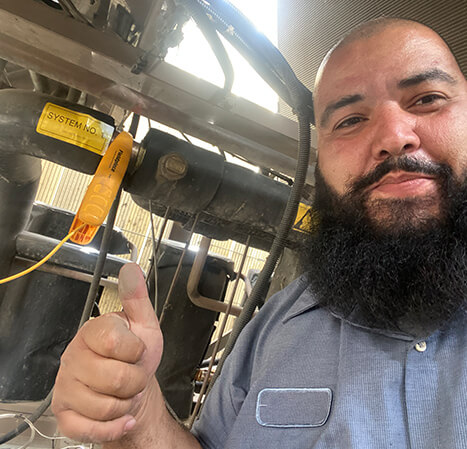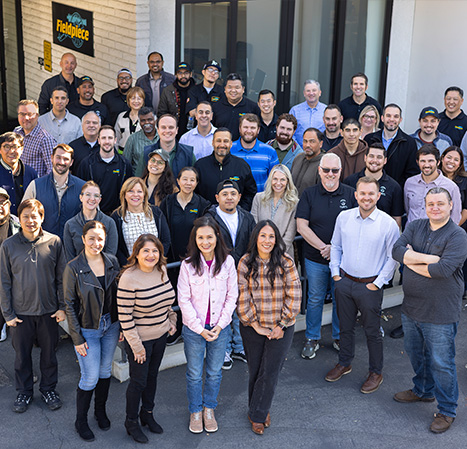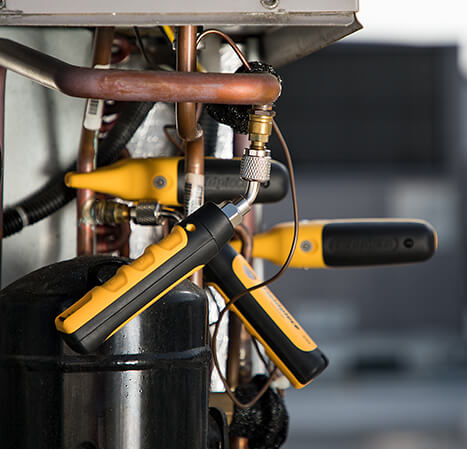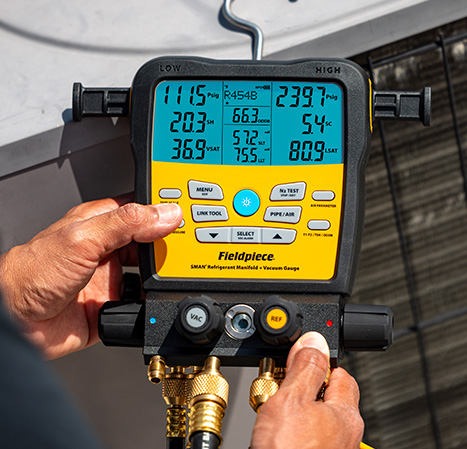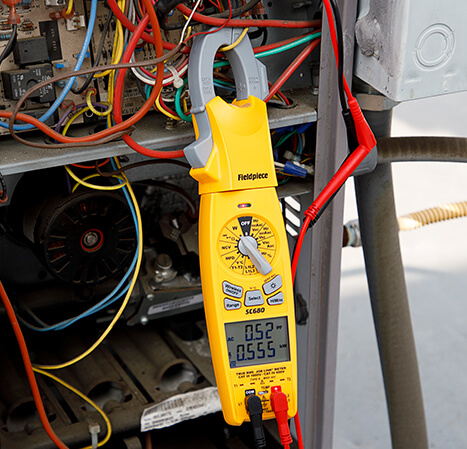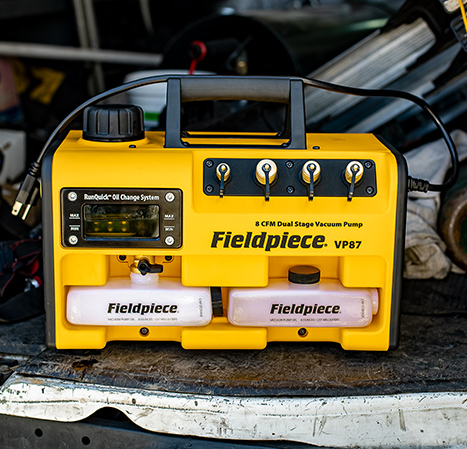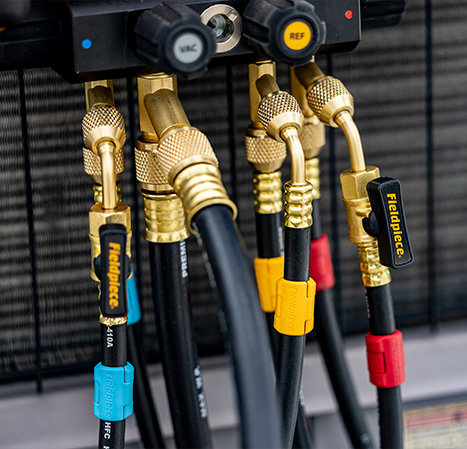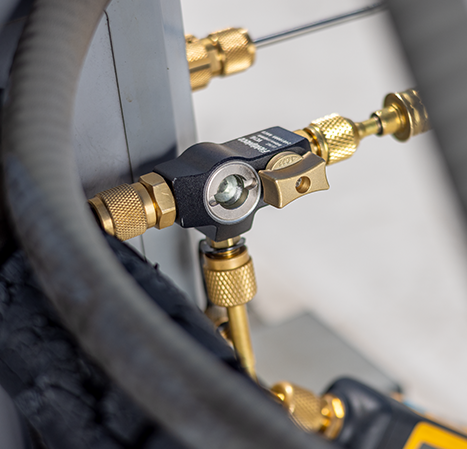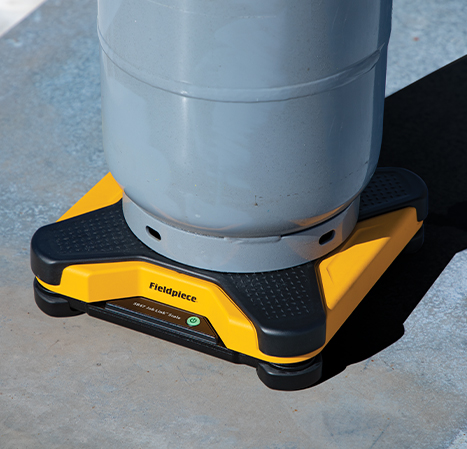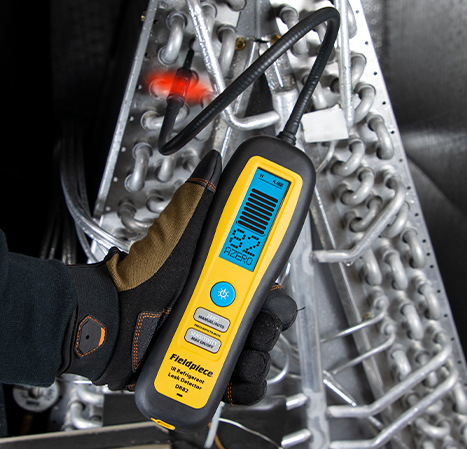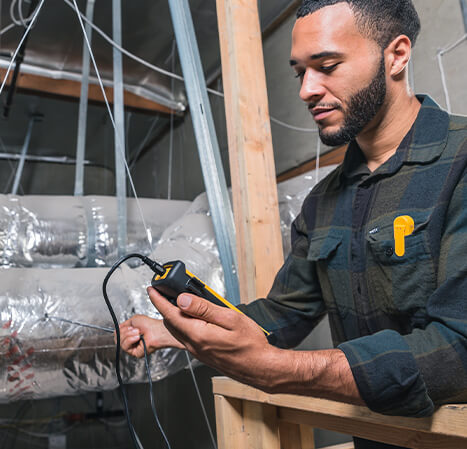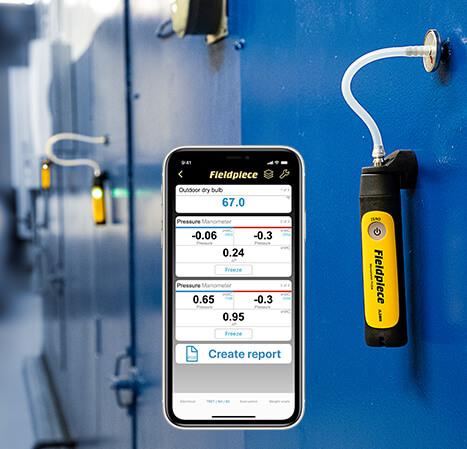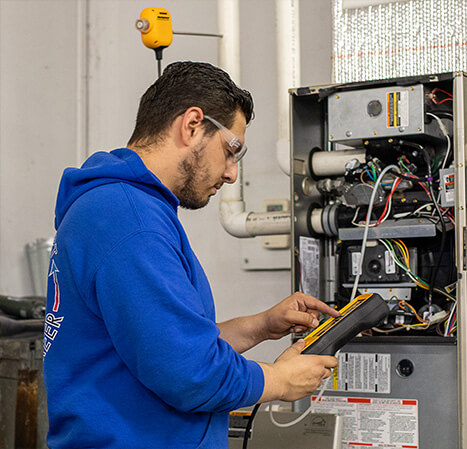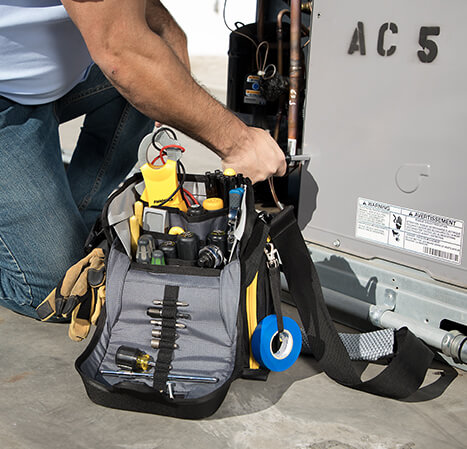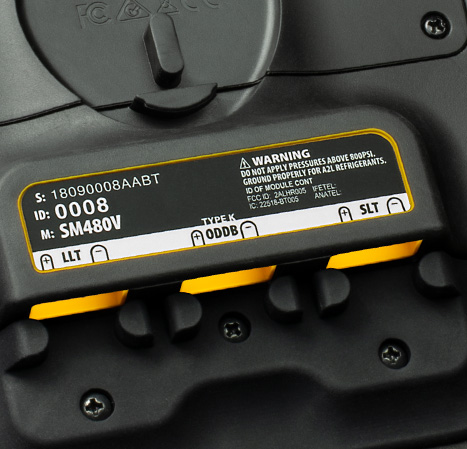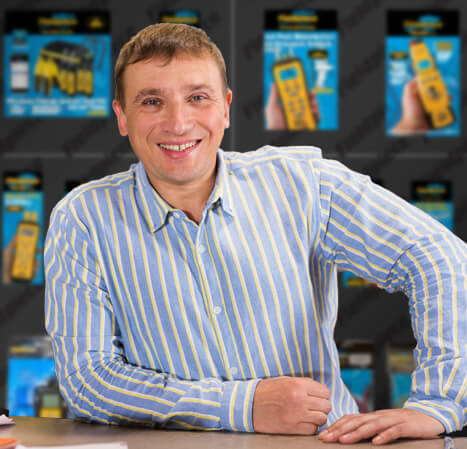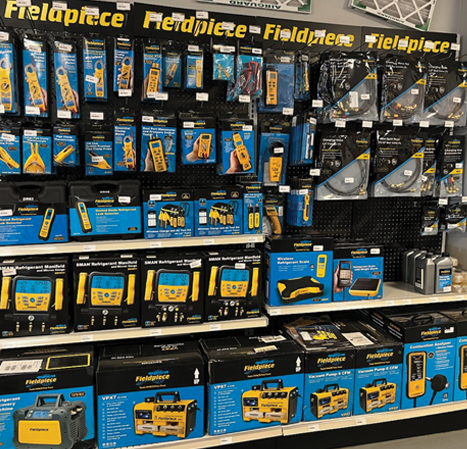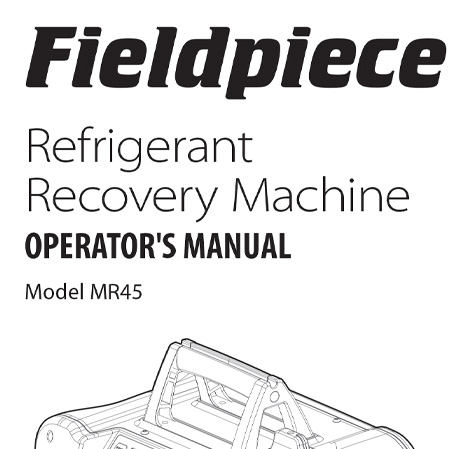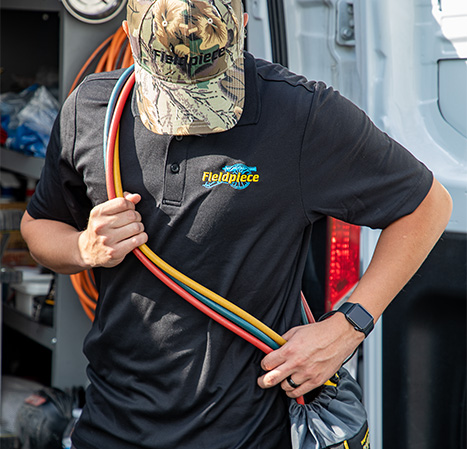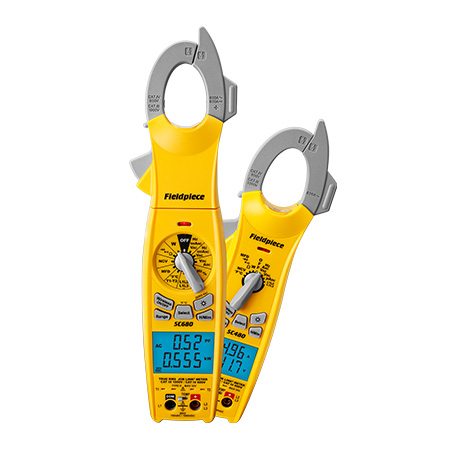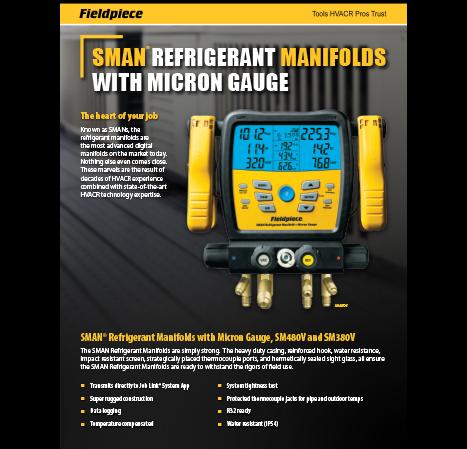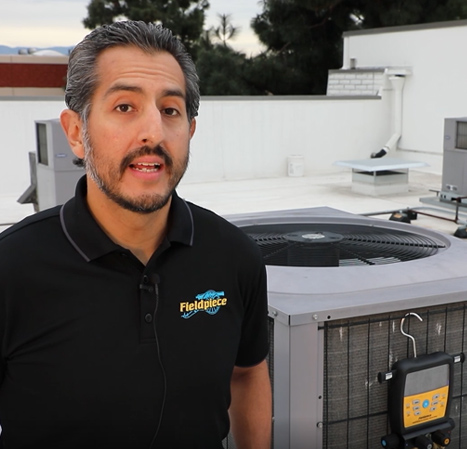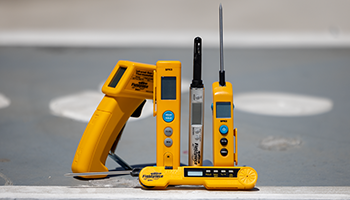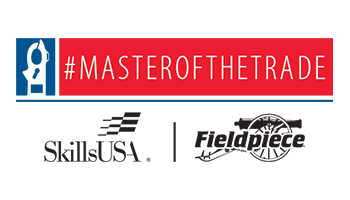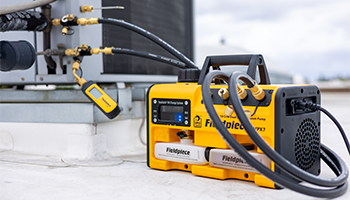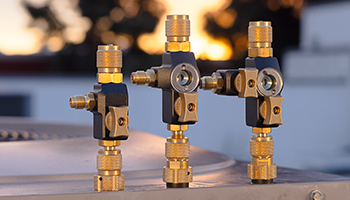Temperature is everything
The key to understanding HVAC system performance is… to take its temperature! The supply and return temperatures, or Delta T, offer a technician crucial details about heat transfer at the evaporator coil, performance of the heat exchanger, refrigerant charge, and the effectiveness of air flow within the conditioned space.
Know exactly where to take the temp
Assessing system performance starts with measuring the supply side and return side temperatures. First, locate the supply air duct close to the air handler or the furnace. This is an optimal place to measure. If necessary, drill an access hole a few feet downstream of the heat exchanger or the evaporator coil for accurate readings.
To measure the return air temperature, measure in the duct closest to the furnace, drilling an access hole in the ductwork, if necessary. This measures the air returning to the HVAC system from the conditioned spaces. Ensure consistency by measuring at the same location each time.
Best practices for accurately finding temperatures
When taking readings, always stabilize the system first by running it for 15-20 minutes. Then, ensure the temperature probe is not affected by drafts or nearby heat sources such as heat strips found in heat pumps. When inserting the probe through an access hole, be sure that it’s placed in the airflow, and not touching the duct walls. Once finished, seal the access point to avoid air leaks.
Make sure the probe is inserted in the duct and not influenced by the room air. Consider taking readings at multiple supply vents to check for uniformity as well. If there are large discrepancies in readings at different locations, the system could have ductwork or airflow issues.
Benefits of Measuring Out of Duct
Delta T is most accurately measured in the duct, but prior to drilling, technicians can get a quick estimate by measuring temperatures at the nearest return vent and supply register or grill. Additionally, taking measurements at the end of the return and supply can assist a technician in diagnosing temperature loss or gain due to duct leaks.
Tools designed for the job
Fieldpiece makes many wireless, handheld tools designed specifically for quick temp checks. When measuring temperature in a duct, or at a register or grill, here are a few of our favorites:
- PRH2 Digital Psychrometer – Use this versatile, pocket-sized psychrometer to measure wet bulb, %RH, dew point and dry bulb temperatures. Readings are shown on the backlit, dual display and the tool can measure temps in the duct or while walking around.
- SPK1 Pocket Knife-Style Thermometer –This digital thermometer opens just like a pocketknife and features a sharp tip for piercing through flex ducts. It hangs easily at any angle from a vent or thermostat.
- SPK2 Folding Pocket In-Duct Thermometer – Also great for taking quick air temperatures, this folding thermometer rod can punch through flex ducts and easily hangs from a duct or on a grille. Not in the mood for math? The SPK2 holds measurements and calculates the delta T for you.
- SPK3 Rod and IR Temperature Pocket-Style Tool – In addition to a duct-piercing thermometer rod and delta T calculator, the SPK3 includes an IR feature with an 8:1 field of view angle and laser guide. The perfect tool to use when you’re doing a walk-around check of air temps at registers in hard-to-reach locations.
- SIG1 Gun-Style IR Thermometer – This standalone, non-contact infrared thermometer features a 10:1 field of view, a bright blue backlight, and a laser guide for fast, accurate readings.
Thank you for coming to our Temp Talk
As an HVAC pro, listen to your system’s air temps – they’ll tell you a lot about system performance. If you want to measure these temperatures quickly and precisely every time, pick up some of these powerful pocket tools from Fieldpiece.
 English
English French
French Spanish
Spanish

